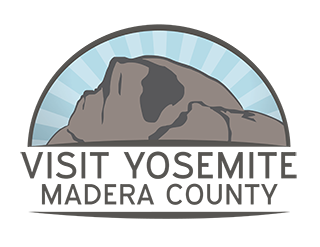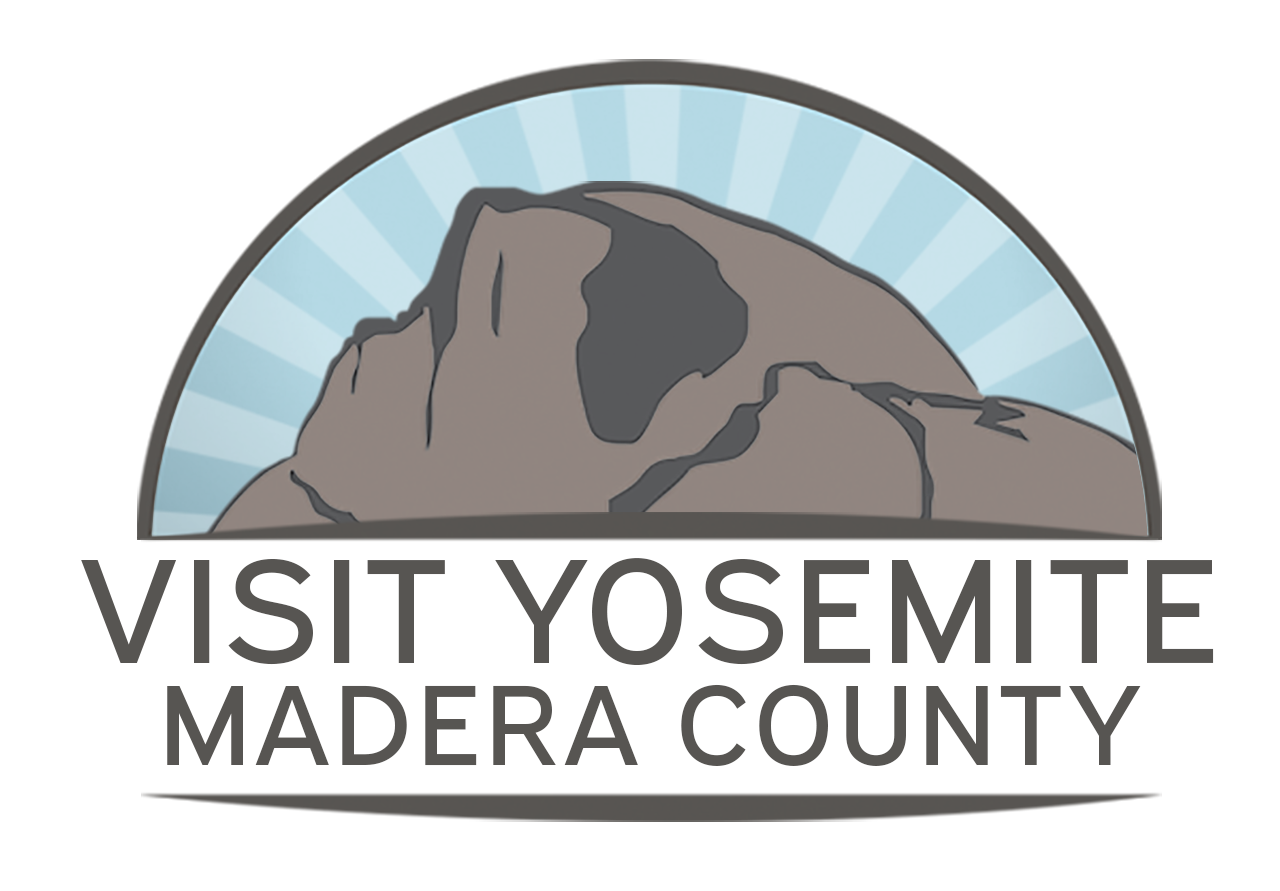Judi's Jaunts: History and Botany Collide in Riotous Splendor at Biledo Meadow
There’s nothing wrong with a challenge or two, especially when they’re conquered. The hike Steve and I shared with Linda and new friend Jody seemed to offer no problems to anyone but me, but it took everything I had and left me with no reserves in the tank.
Biledo Meadow is a hidden Sierra Nevada treasure at 7,100 feet elevation, accessible only by a good high-clearance or 4WD vehicle--or a hike. At one time an old miners’ and cow camp below Mt. Raymond where ore and tailings were transferred by a metal cable and bucket down the mountain. Remains of rusted mining equipment as well as one of the huge cables serve as reminders of its past. Three weather-worn cabins—plus an outhouse--stand as silent testimony to those who once occupied them.
I’d been to Biledo several years ago, but we’d approached it by vehicle from a different direction and only hiked a total of perhaps two miles. At that time I’d promised myself to return, but the opportunity never presented itself until now.
Linda served as our leader because she’d just led our senior hiking group there earlier in the week. In fact, the hike she did with us was the fourth trek to Biledo in about two weeks, so she proved an excellent guide. She’d told us it would be just over six miles round trip on a forest service road, and I thought, “no problem. I’ve done lots of six-milers.” My only challenge would be fording Rainier Creek, which crossed the road we to the meadow. I am notorious for being petrified of perching myself on logs or stones over running water, but I promised myself that I’d conquer my fear. Linda suggested we bring water shoes since the creek was high enough that we couldn’t cross without getting our boots wet. Thank goodness I listened, and thank heavens I owned some courtesy of a hike through Israel’s Snir River last year.
Linda drove us via the road that leads past Goat Meadow (the snow play area in winter just south of the south entrance to Yosemite National Park) and in about five miles we arrived at an area known as Long Meadow. At this point we proceeded on foot. The first mile was easy. The sound of the creek accompanied us even though we couldn’t see it through the foliage—until we came to the dreaded creek crossing. I briefly contemplated calling the hike off, but the thought of not viewing the magnificence of Biledo spurred me on. We took off hiking boots and waded across. Steve, Jody and Linda made it look easy.
It wasn’t.
Halfway across the creek my feet froze, and I could barely move. The longer I stood in the snow melt, the less steady I became. What probably took less than a minute felt like an hour as my feet grew icicles. On the other shore, I faced the issue of getting the hiking boots back on. As slow as I am under most circumstances, dealing with ice cubes for feet made it seem like hours to get socks and shoes situated.
From there I expected smooth sailing, and it was for perhaps another mile. Then the rocks started. They weren’t huge, but with my balance problems, I had to watch every step. My legs wanted to move one direction, my feet another. Add to that the heat that crept up on us. The mild temperatures at the beginning of our trek gave up the ghost as the day progressed. At 6,000 to 7,000 feet they weren’t the blistering 100’s of lower elevations, but we felt the sun’s rays. At least I did.
Then we arrived, and all the effort paid off. Biledo Meadow in season rocks with riotous colors, accompanied by the patina of aging wood and rusting metal exposed to the elements.
Three cabins dot the meadow, all in varying stages of decay. The weather-worn cabin wood contrasts with the vibrance of the wildflower display, splashed across the meadow in hues of yellow, red, purple, pink, white and orange. As we approached from the west, we encountered the first cabin to be erected, called the Smith cabin, I believe. It stands in total disrepair. Of the porch only 2 x 4’s remain, no planks. The interior floor is nearly gone, and debris from prior visitors litters the space.
Head-high California coneflowers and lupine surround the structure, lending a beauty belying its decay. Here, especially, the scent of incense cedars wafted around us.
From this place, we spotted two other cabins. Thomas Biledo (originally spelled Billedeaux), raised his log home, complete with a loft ladder giving onto an expansive meadow view. A two-seater outhouse conveniently sits just 30 feet away. The path between the two structures is obscured by masses of wildflowers which flourish even late in July.
A well-worn path leads to the third house. Because of its location close to the spring, masses of cow parsnip surround it, and water flows from a rusty pipe outside the cabin door. A spring-sprung recliner sits solitary inside the room.
A well-worn path leads to the third house. Because of its location close to the spring, masses of cow parsnip surround it, and water flows from a rusty pipe outside the cabin door. A spring-sprung recliner sits solitary inside the room.
Biledo is famous for its wildflower displays in summer, and this hike didn’t disappoint. In fact Linda mentioned that the flowers, not even a week after her last hike, were bigger, showier, and with more blooms. Everywhere we turned we discovered more species. California coneflower, Indian paintbrush, lupine, mallow, rein orchids, leopard lilies (in profusion—I’ve never seen so many in one location before), corn lilies, cow parsnip, penstemon, meadow lotus, monkeyflower, mallow and species I haven’t identified formed a riotous display of color, shape and size.
Not even Steve’s professional photos, excellent as they are, do justice to the spectacular blue sky, billowing white clouds and the amazing display of flora and a bit of fauna in the form of moths and butterflies. This place must be seen in person to adequately capture its magnificence. As a sometimes writer, I could see myself living isolated in this place (during the summer) with my surroundings for inspiration.
Tour the meadow with this interactive 360 experience
______________________________________________________________________________________
Like what you see? Save any of these pins to your travel planning board(s) to give you any easy way to find your way back here! Also check out our other itineraries as well as blog posts for more ideas and pins!






























